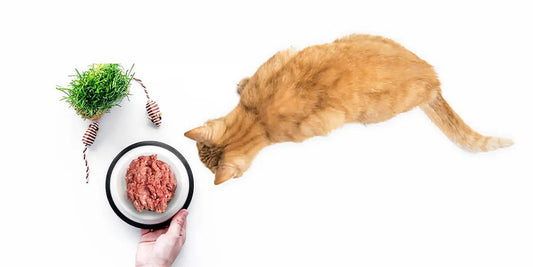
Dog Obesity & One Dog’s Weight Loss
Written by Jeanne Romano
Have you met Olive?
She is an eight-year-old cattle dog (red healer) who had gained a few pounds over the years. Easy to do, I know…
We checked in with one of our favorite vets, Jackie Sehn at Mercy Vet on Mercer Island in Washington. Ouch. Olive was more than a few pounds’ overweight. According to Dr. Sehn, she needed to lose 10 pounds. Not so easy to do.
So, her family decided to put her on a healthy diet before these pesky to pounds turned into real health issues caused by obesity. Olive’s story got me thinking:
What is dog obesity? – Is it a real problem?
Obesity: http://www.petmd.com
“Obesity is a nutritional disease which is defined by an excess of body fat. Dogs that are over-nourished, lack the ability to exercise, or that have a tendency to retain weight are the most at risk for becoming obese. Obesity can result in serious adverse health effects, such as reducing the lifespan, even if your dog is only moderately obese."
It is reported that an “Estimated 54% of Dogs in the United States are Overweight or Obese”
Multiple areas of your dog’s body are affected by excess body fat, including the bones and joints, the digestive organs, and the organs responsible for breathing capacity.
Here are a few health issues attributed to dog obesity:
Diabetes: The Bark
The mechanism of diabetes is relatively simple to describe. Just as cars use gas for fuel, body cells run on a sugar called glucose. …In diabetes mellitus, cells don’t take in enough glucose, which then builds up in the blood. As a result, cells starve and organs bathed in sugary blood are damaged.
The growing diabetes epidemic is not limited to people—diabetes mellitus is increasing among dogs as well. Researchers estimate that one in 200 dogs will develop the disease.
Arthritis: Vet Street
Seeing your dog in pain is never easy. There are many few things you can do to relieve the aches and pains that are an everyday occurrence for arthritic dogs. Keeping your dog on the slim side will help decrease the weight load on his joints. Exercise has to be part of the plan. However, you need to make sure you watch your dog while she plays, walks, or runs. They may want to do more than they should and if you have a retriever “longer” than they should.
Lung Disorders: The Merck Veterinary Manual
“When the level of oxygen in the blood is too low (called hypoxia or anoxia), the animal will show signs of respiratory distress. … In addition, heart, kidney, and liver functions may be reduced, as may the normal movement and secretions of the intestine. If the body is not able to compensate for the reduced oxygen level, a “vicious cycle” may begin in which all body tissues function less efficiently.”
Immune Dysfunction: The Merck Manual
“This condition is due to a failure of the body to produce antibodies (immunoglobulins)…. leading to respiratory infections, digestive system disorders, skin disease, or allergies.
Other problems may also include:
Cancerous Tumors, Pancreatitis, high blood pressure, and hip dysplasia.
How can I tell if my dog needs to lose weight?

Remember these are guidelines only. However, if your dog is falling within the danger zones, it might be time to take action.
Here are some tips to keep your best friend healthy.
- Control feeding times and amounts. Free feeding can easily develop into overfeeding
- Change the food. Look at the label. Like human food, there can be a lot of fats, salts, preservatives, etc. hiding in among all the good stuff.
- And of course… exercise. Let your dog run around at an off-leash park, or go for hikes… even a walk around the neighborhood can make a world of difference.
Join us as we track of Olive’s progress, posting updates, vet visits and videos.



